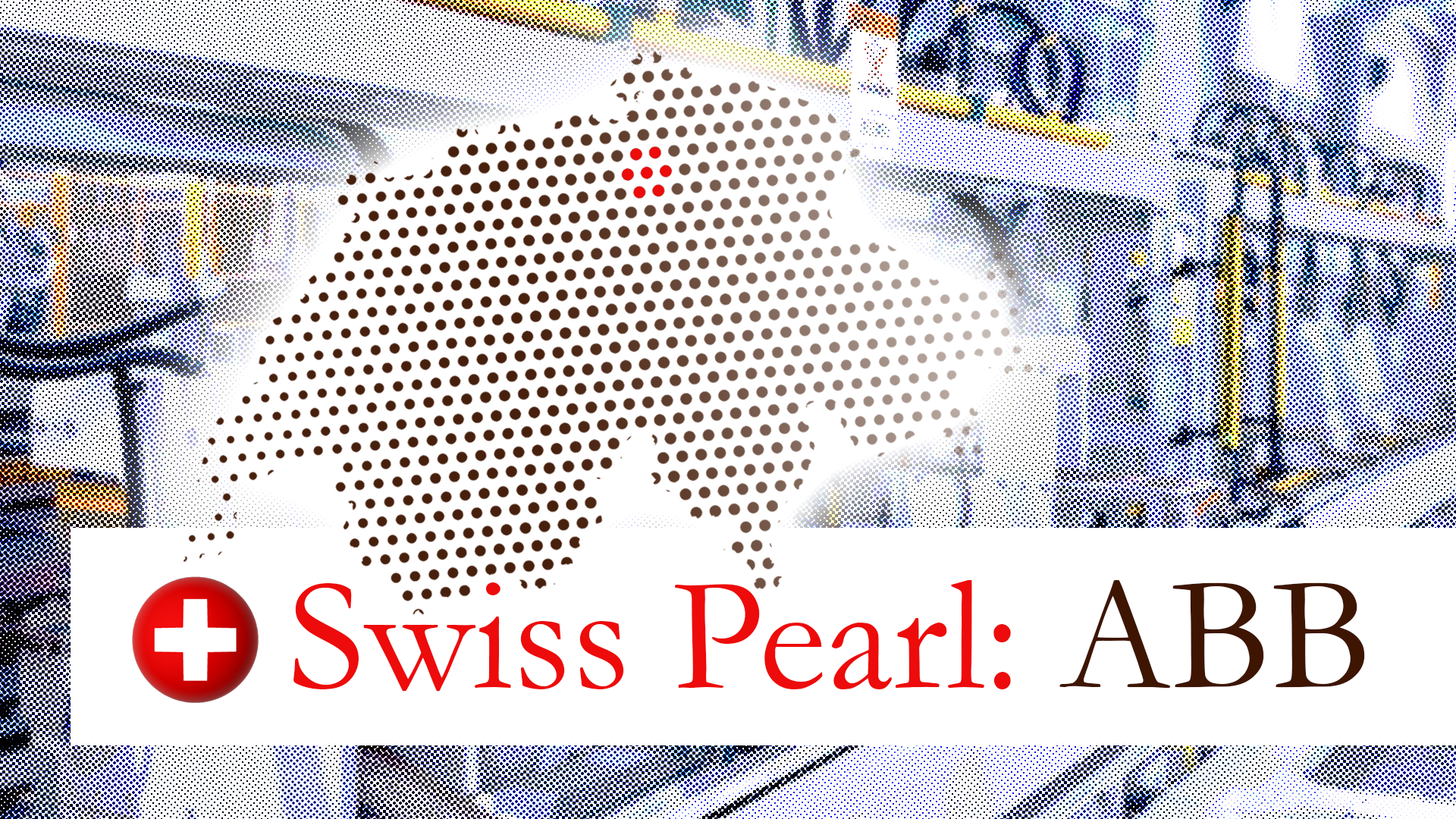Welcome to our new series of profiles of the companies in the Obermatt Swiss Pearls Index (OMSP1). The 36 stocks in this index are the top-rated Swiss stocks according to our algorithm-based stock analysis. The first company in our series: ABB.
Learn more about the Obermatt Swiss Pearls Index (ticker: OMSP1)
What does ABB do?
What doesn’t ABB do? This multinational powerhouse affects our daily lives, whether we fully realize it or not. ABB makes parts of planes and automobiles, mostly electric ones, as well as traction and power tech for trains in cooperation with another Swiss giant - Stadler. We rarely see ABB, unless we’re in the vicinity of one of their many offices or plants throughout Switzerland, and even abroad. But, we benefit from ABB’s products whether through their industrial digitalization, sustainable transportation, smart cities or building technologies.
Deeply rooted in Switzerland
ABB has a long history in Switzerland, dating back 125 years. Their contributions include pioneering electric locomotives and developing power electronics solutions tailored to the Swiss landscape. ABB is deeply ingrained in Switzerland's industrial and technological development.
ABB's facilities in Switzerland serve as global centers of excellence for power electronics and other key technologies. This reinforces Switzerland's reputation as a hub for innovation and advanced engineering.
Did you know?
- ABB built the world's first industrial robot: In 1974, ABB introduced the IRB 6, the world's first fully electric, microprocessor-controlled industrial robot. This innovation revolutionized manufacturing and paved the way for modern automation.
- ABB powers the world's longest underground transmission link: The 2,000 km underground power transmission link between South Australia and Victoria is powered by ABB technology. This massive infrastructure project ensures reliable power delivery across vast distances.
- ABB helped bring electricity to the Statue of Liberty: When the Statue of Liberty underwent a major renovation in the 1980s, ABB provided the electrical equipment needed to illuminate this iconic landmark.
- ABB has a robot that can paint cars with incredible precision: The ABB PixelPaint robot won the Robotics Award 2021. It uses inkjet technology to apply paint to cars without any overspray or masking. This results in stunning, customized paint jobs with unmatched efficiency.
Securing a sustainable future
ABB contributes to sustainability in several ways, primarily through its technologies and solutions that enable energy efficiency, decarbonization, and resource conservation across various sectors. They're leading the charge towards cleaner energy, making it easier to harness the power of the sun and wind. Their tech helps get that renewable energy onto the grid, powers up our electric cars, and even makes factories run cleaner.
ABB is also about promoting a circular economy. They help industries and buildings cut down on energy waste, designing products that last longer and are easier to repair or recycle. Their efforts are also improving transportation, making trains, buses, and ships more sustainable. One small example: their shore-to-ship power solutions allow ships to plug into the electrical grid while docked, reducing emissions and noise pollution in port cities.
